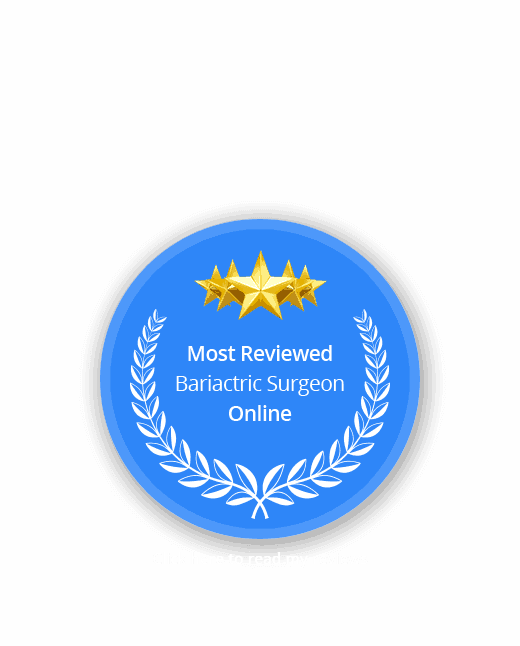Sometimes being a gastric sleeve patient means learning to navigate the world in a whole new way. Snacking and eating in restaurants are everyday things you probably haven’t thought much about in decades, right? Even if you weren’t consuming the “right” foods, you knew what to do. But life with a sleeve means reevaluating how you do pretty much everything, including these no-longer-simple activities. Here’s some great advice from your sleeve brothers and sisters on these two topics.
Taking Your Sleeve to Dinner
There are two common “hiccups” sleeve patients tend to run into while figuring out the restaurant scene: portions that are way too big for your new stomach and not drawing attention to the fact that you do, indeed, have a gastric sleeve.
When you work up the courage to try eating out—many sleevers are afraid of getting sick in public, but it fortunately doesn’t happen often—you’ll likely be shocked at how massive restaurant portions seem now. But my patient, Colby, has a fabulous tip: tapas. This small plate style originated in Spain, but it’s gaining popularity everywhere these days, so you can likely find a small plate eatery near you. Rather than making excuses (“I had a late lunch” or “I’m headed to the gym after this”) for the amount of food left on your plate, tapas-style meals are meant to be eaten communally. “It allows me to order two tapas and share with people,” Colby says. “Now I don’t seem weird, and I’m not that friend suffering from a ‘secret eating disorder.’”
Stacie concurs with the small plate idea, except she orders an appetizer and soup. Sometimes, though, she intentionally over-orders and asks for most of it to be boxed up immediately. “I don’t have to cook for a week,” she explains. Brilliant!
Amy takes a two-pronged approach: eating off the kids’ menu and being okay with wasting food. “I order an adult entrée and a kids’ meal,” she says of her restaurant routine. “Then my 12-year-old gets the adult meal, and I get the kids meal. I still can’t eat it all, and I’m five years out.”
If you’re wondering why they don’t simply tell their dining companions about their sleeves, keep in mind that everyone is different. While some of my patients are excited to share their sleeve stories in an effort to help others, others feel like their procedure is nobody’s business. There’s nothing wrong with either approach.
Having a plan is critical, though, because a sleeve forces you to recognize the enormous role food plays in socializing with others. Stacie adds, “You don’t realize how eating is so tied to our social outings—until you can’t eat as much.”
Snack Attacks
I’ve said before that I’m not a huge fan of snacking. It can be way too easy to consume a lot of calories if you’re eating outside of regular mealtimes. That being said, everyone gets snackish. And some patients struggle with healthy snack ideas post-sleeve. Here are some great—possibly new-to-you—ideas from your peers:
• “Pork rinds with flavored cream cheese”—Jessica
• “Cheese chips and salsa”—Jennifer
• “Nacho flavored kale chips”—Justin
• “Cucumbers with lemon, salt, and chili powder”—Connie
• “Belt sander brownie—it’s basically a mug cake made with protein powder as the dry ingredient”—Lindsay
• “Turkey pepperoni with Laughing Cow cheese”—Tessa
• “Good Culture cottage cheese. The ones with fruit have quite a bit of carbs/sugar, so watch out for that—Gayle
I invite you to follow us on all our social networks, we are on Facebook (Endobariatric), Instagram (@endobariatric), we also have our YouTube channel where where I answer frequently asked questions that are sent to me, subscribe to it! we talk about very interesting subjects, find us searching for Endobariatric.
If you want a more personalized experience and you have Instagram and Tik Tok, follow me (Dr. Alvarez) to see my day both in my daily routine and in the operating room, add me! We will have a great time! My username is: gmoalvarez (Instagram) and gmoalvarezofficial (Tik Tok).
“Changing lives…one sleeve at a time”.









